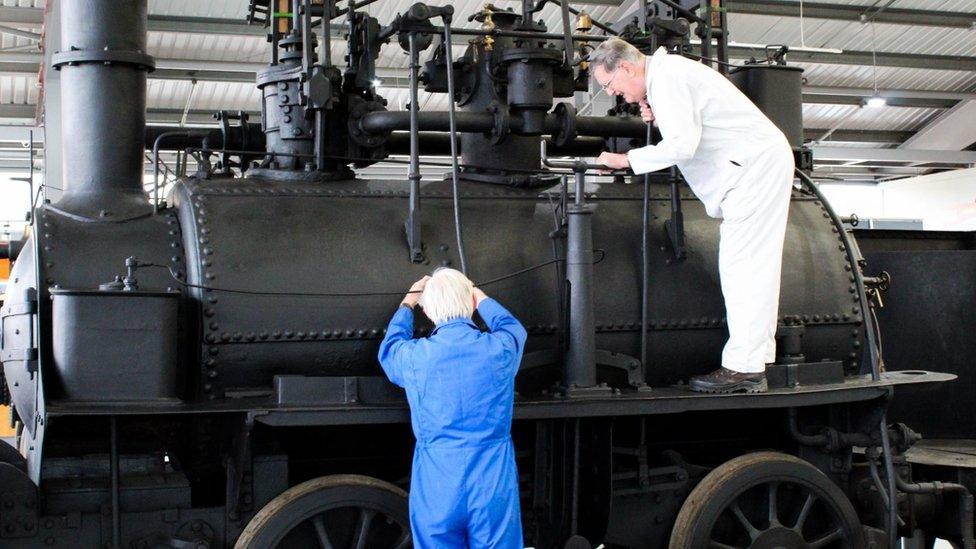Timothy Hackworth's home gets new Grade II* listed protection
- Published
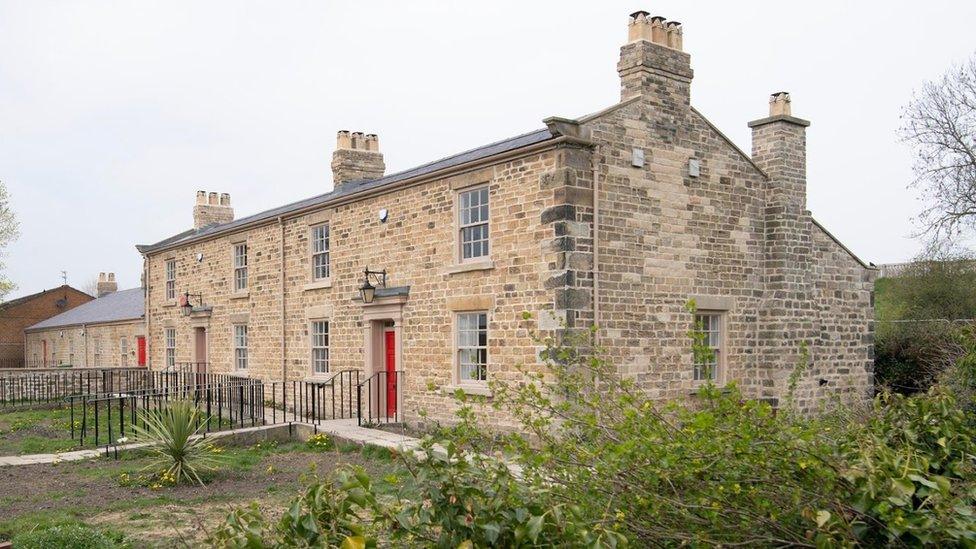
Timothy Hackworth's home Soho House is now a part of the National Railway Museum's Locomotion attraction
The home of railway engineer Timothy Hackworth has been put in the top 10% of protected buildings in the country.
Soho House in Shildon has been upgraded from Grade II to Grade II*,, external meaning it has extra conservation protection.
The house, which is part of the National Railway Museum's Locomotion attraction, was built in the 1830s.
Historic England said it reflected Hackworth's "huge contribution" to the "international influence of the Stockton & Darlington Railway".
Veronica Fiorato of Historic England said: "Timothy Hackworth is one of the true pioneers of the railway.
"His designs helped to convince the world that the future of freight and passenger travel lay in steam locomotion."
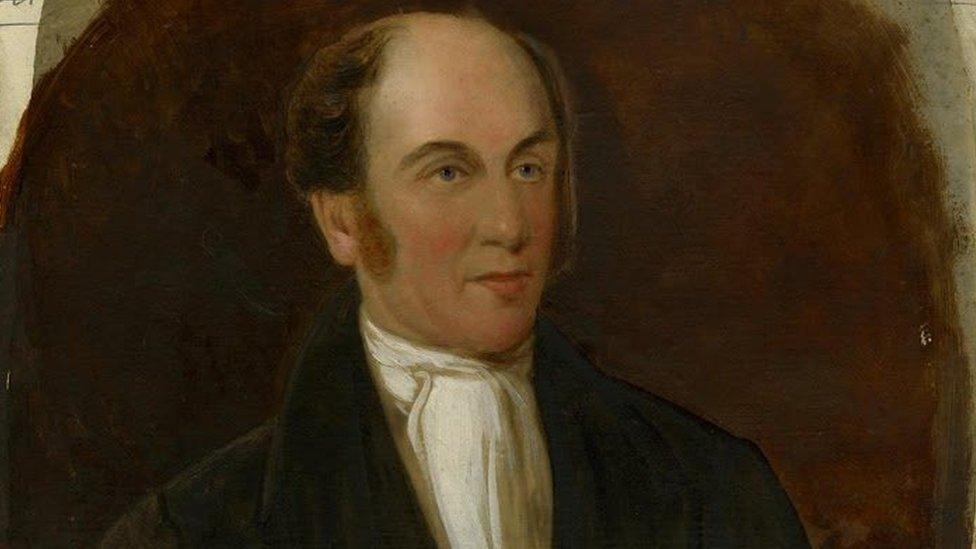
Timothy Hackworth was the Stockton & Darlington Railway's first superintendent of locomotives
A nearby engine shed and coal drops, where locomotives were refuelled, have also been upgraded to Grade II* status by the Department for Digital, Culture, Media and Sport.
The 26-mile long railway, between the coal fields around Witton park and port at Stockton, opened in 1825 and has been hailed for "setting the DNA of the modern railway".
Hackworth, who was born in Wylam, Northumberland, was the railway's first superintendent of locomotives and played a "vital role of developing steam engines that met the significant demands of freight and passenger travel", Historic England said.
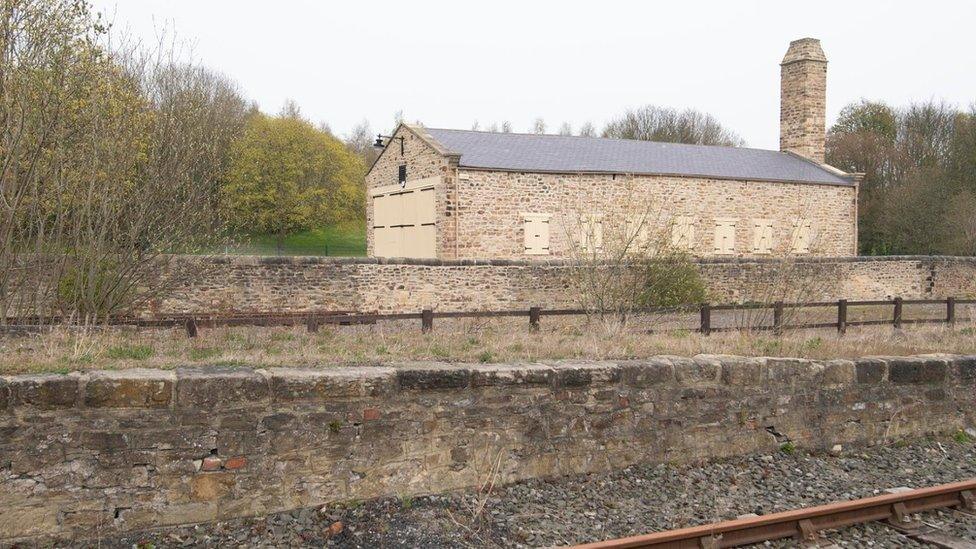
Also having their status upgraded to Grade II* are an engine shed...
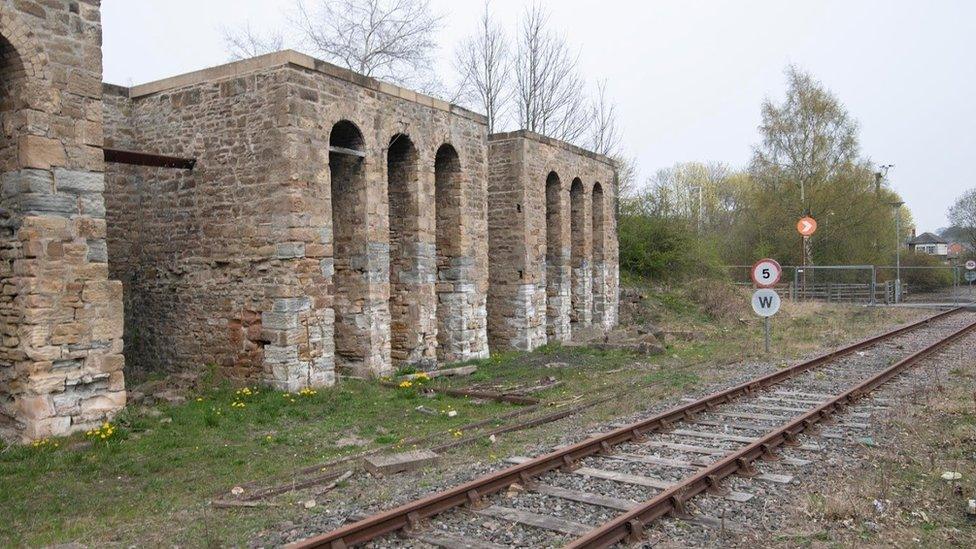
... and coal drops used to fuel the locomotives
He redesigned the early locomotives to make them more reliable and in 1833 established Soho Works in Shildon, the engine shed of which still remains.
Niall Hammond, chairman of the Friends of the S&DR [Stockton & Darlington Railway] group, said he was "delighted" at the upgrade in status.

Follow BBC North East & Cumbria on Twitter, external, Facebook, external and Instagram, external. Send your story ideas to northeastandcumbria@bbc.co.uk, external.
- Published18 April 2021
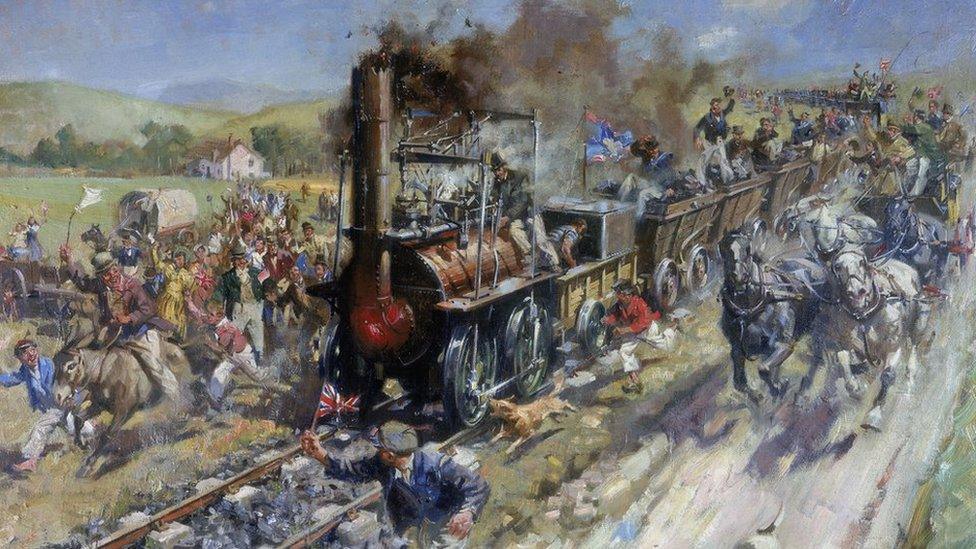
- Published5 March 2021
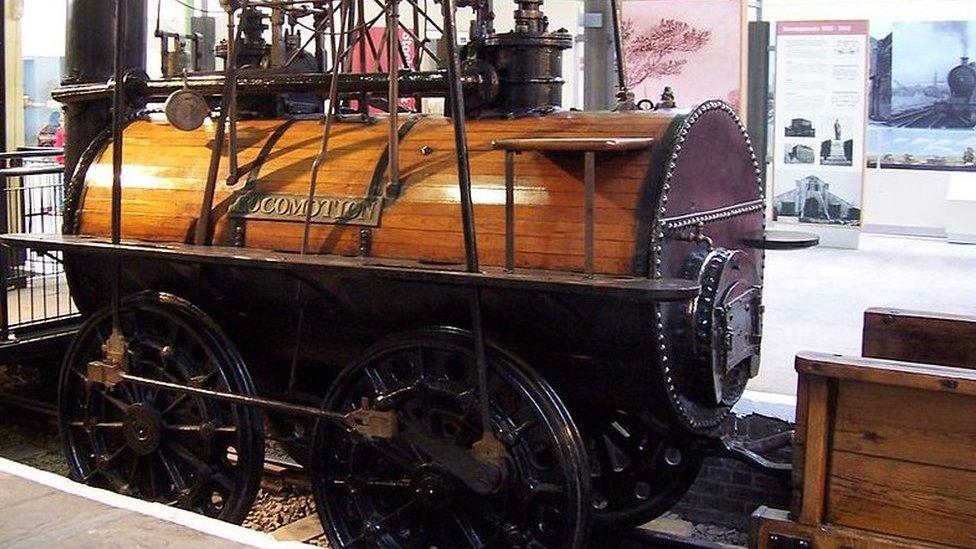
- Published8 July 2020
